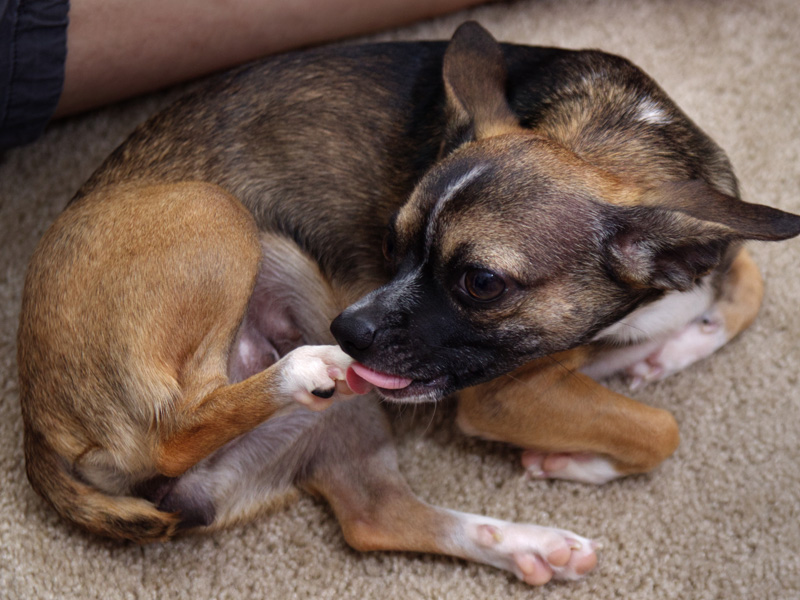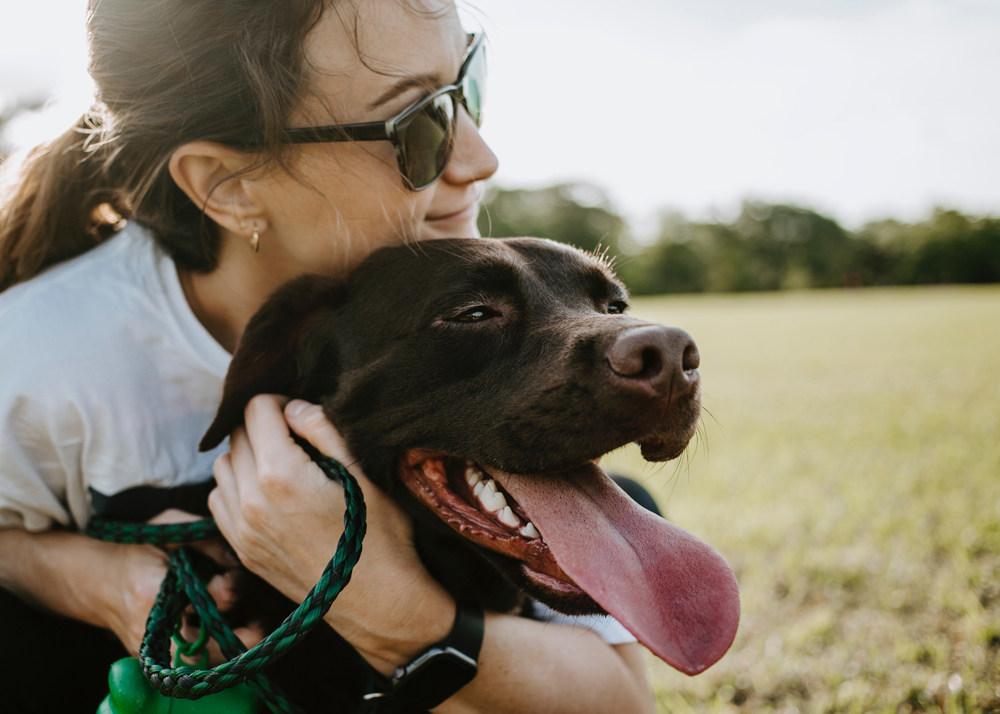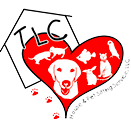It’s not uncommon for our beloved canine companions to encounter health hitches from time to time. Among these, yeast infections in dogs stand out due to their recurrence and discomfort they cause to our pets. Effectively treating yeast infections, seeing symptoms, and learning how to understand and prevent them are crucial for keeping our pets’ overall well-being.
The Nature of Canine Yeast Infections
Yeast infections in dogs, primarily caused by the yeast species Candida, are a type of fungal infection. These yeasts naturally reside on the skin and ears of dogs without causing issues. However, when they multiply uncontrollably, usually due to a compromised immune system or hormonal imbalance, they can lead to an infection.

Symptoms of Yeast Infections in Dogs
The manifestation of yeast infections can vary. However, the most common symptoms include:
- Persistent scratching: Dogs may exhibit more than usual scratching, biting, or licking of the affected area.
- Changes in skin color and texture: The skin may become thick, greasy, or take on a reddish or brownish discoloration.
- Unpleasant odor: An unusual musty smell is commonly associated with yeast infections.
- Head shaking or tilting: If the infection is in the ears, dogs often shake their heads or tilt them to one side.
Diagnosis of Canine Yeast Infections
A proper diagnosis from a qualified veterinarian is crucial for the effective treatment of yeast infections. Veterinarians typically diagnose yeast infections in dogs through a combination of physical examination, symptom evaluation, cytology, and culture tests.
Treatment of Yeast Infections for Your Dog
Once diagnosed, the treatment of yeast infections in dogs usually involves the following:
- Topical Treatments: Antifungal shampoos, creams, and sprays are often prescribed for local application.
- Oral Medication: In severe or systemic cases, antifungal drugs may be administered orally.
- Ear Drops: For yeast infections in dogs’ ears, specific antifungal ear drops are generally recommended.
Prevention Strategies for Yeast Infections in Dogs
Prevention is always better than cure. Here are some strategies:
- Maintain cleanliness: Regularly bathing dogs with vet-recommended shampoos can prevent the overgrowth of yeast.
- Healthy diet: A well-balanced diet that supports a strong immune system can help keep yeast infections at bay.
- Regular check-ups: Routine veterinary check-ups can catch early signs of yeast overgrowth and prevent infections.

Concluding Thoughts
Through understanding and attentiveness, we can safeguard our canine friends from the discomfort of yeast infections. While yeast infections in dogs can be troubling, with proper care, diagnosis, treatment, and preventative measures, they are entirely manageable.
Remember, when it comes to the health of your pet, always consult with a professional. If you notice symptoms that may show a yeast infection, schedule a visit to your vet as soon as possible.
The bond we share with our dogs is amazing. Let’s do our part to keep them healthy, happy, and infection-free!
For More Information
If you have questions about this topic or general questions about pet care, you can contact Kara Jenkins, Owner of TLC House & Pet Sitting. We are also available by email at info@tlcpetsitter.com. View more of our articles on pets here.
